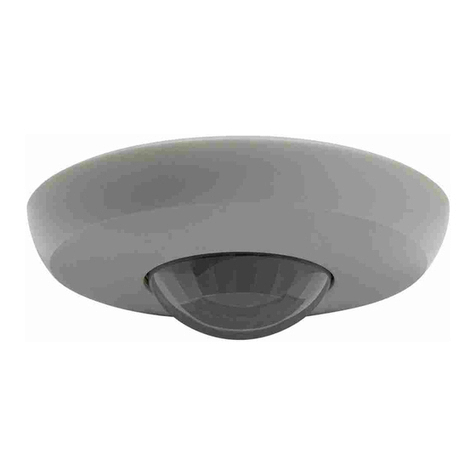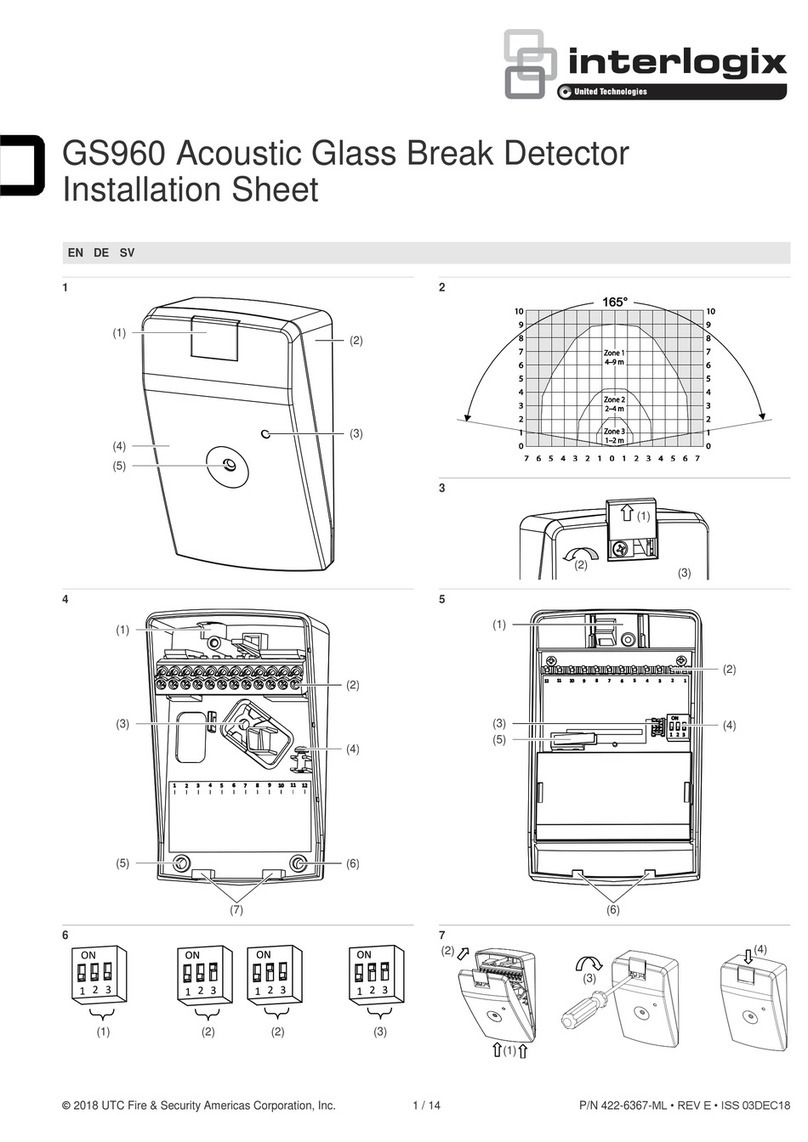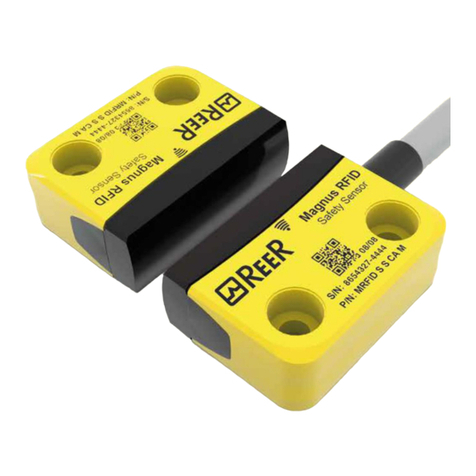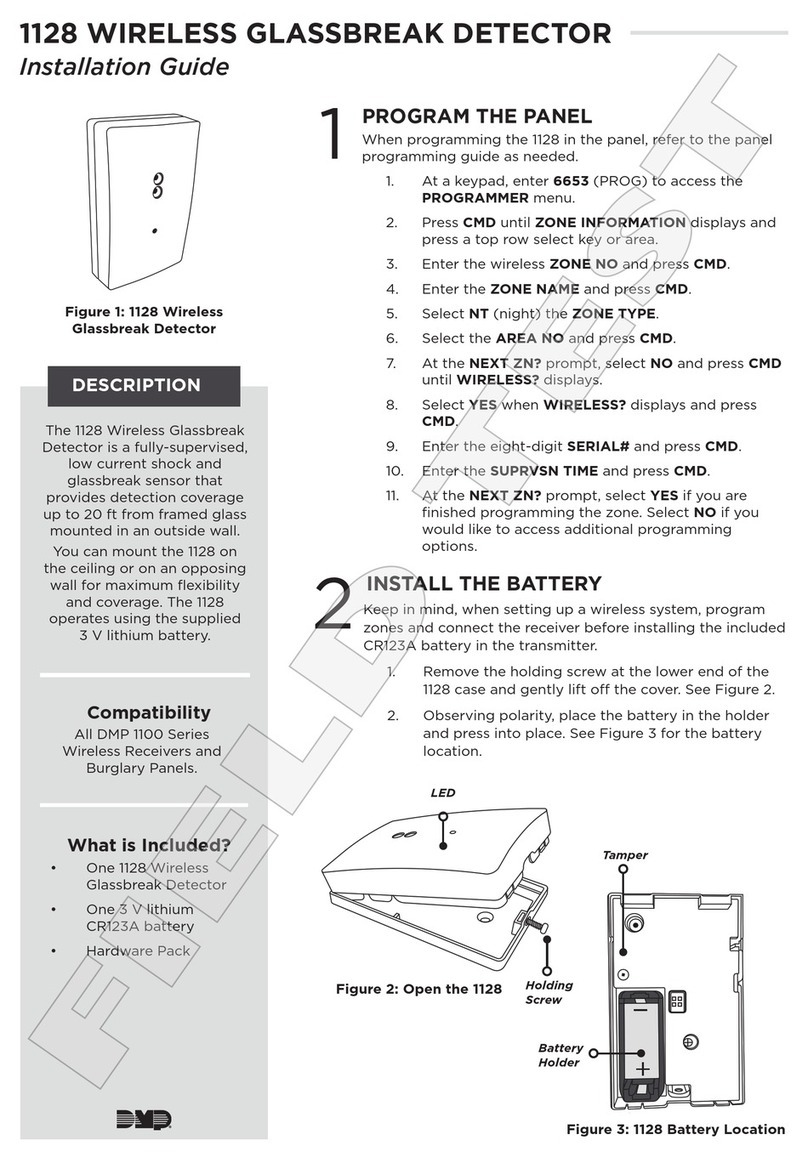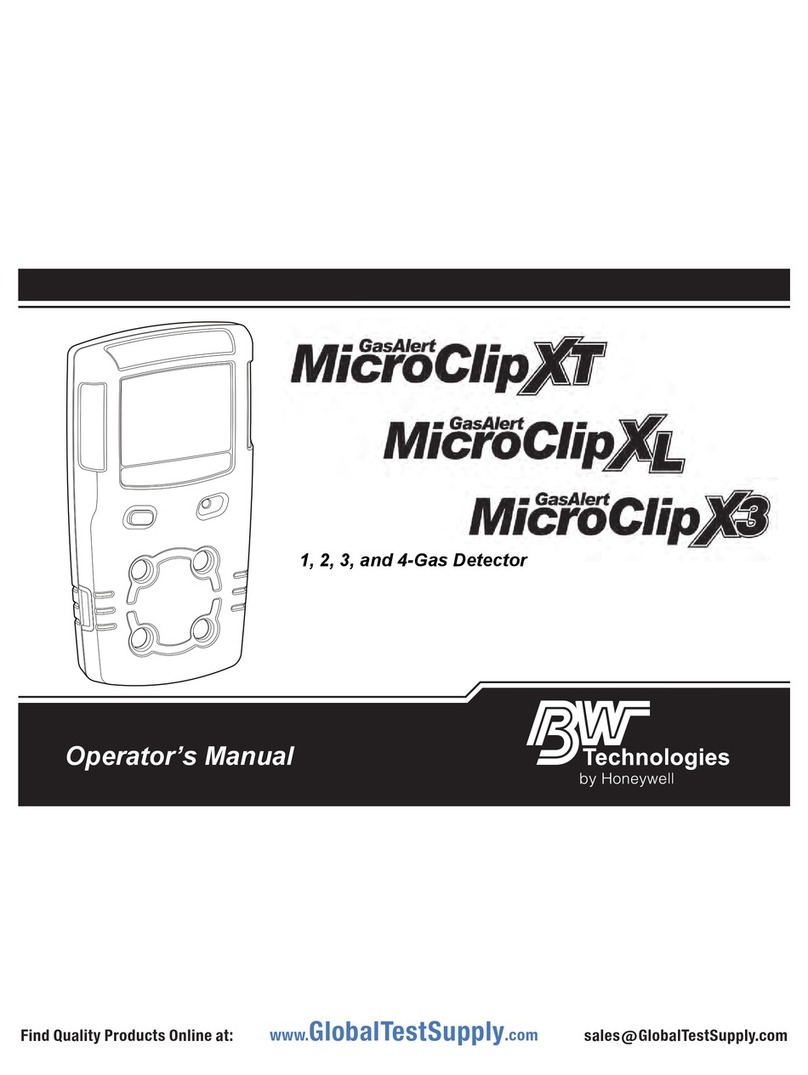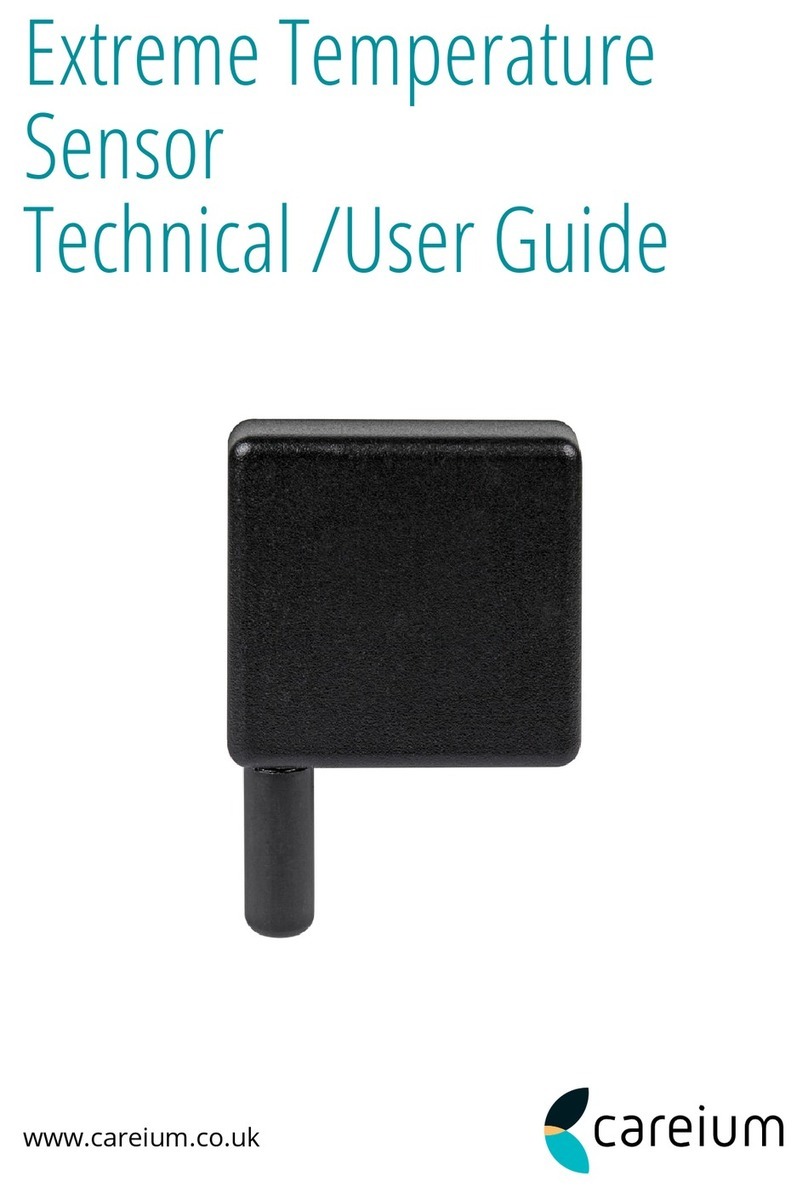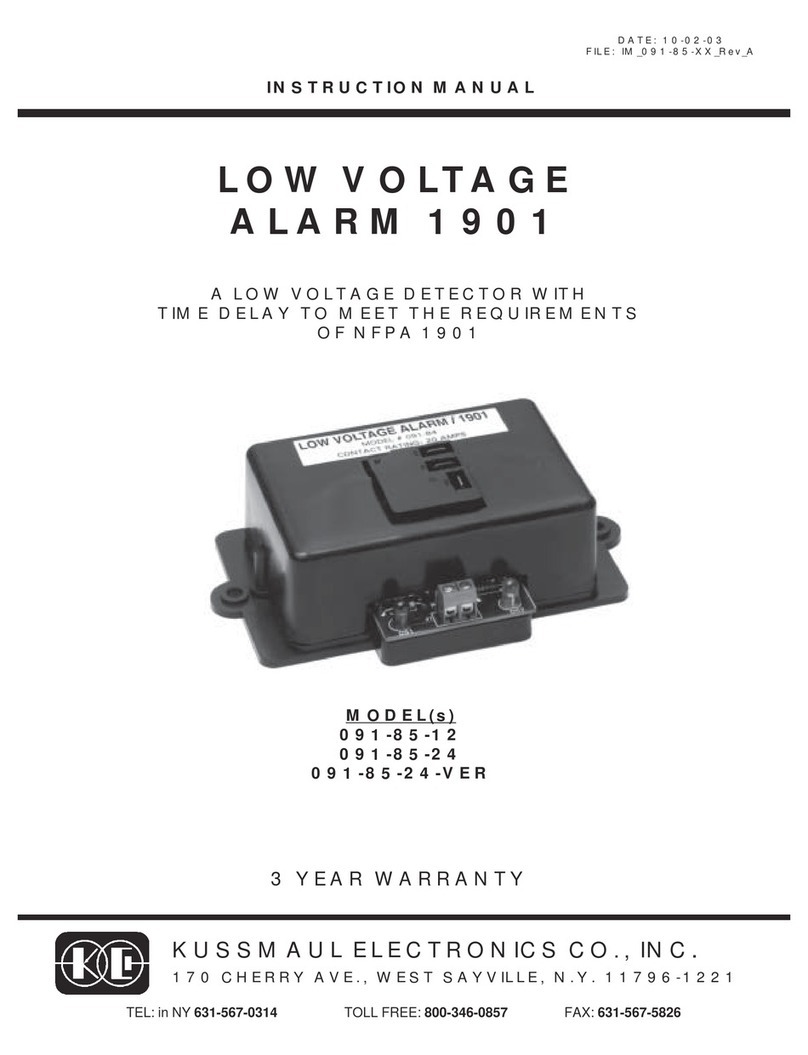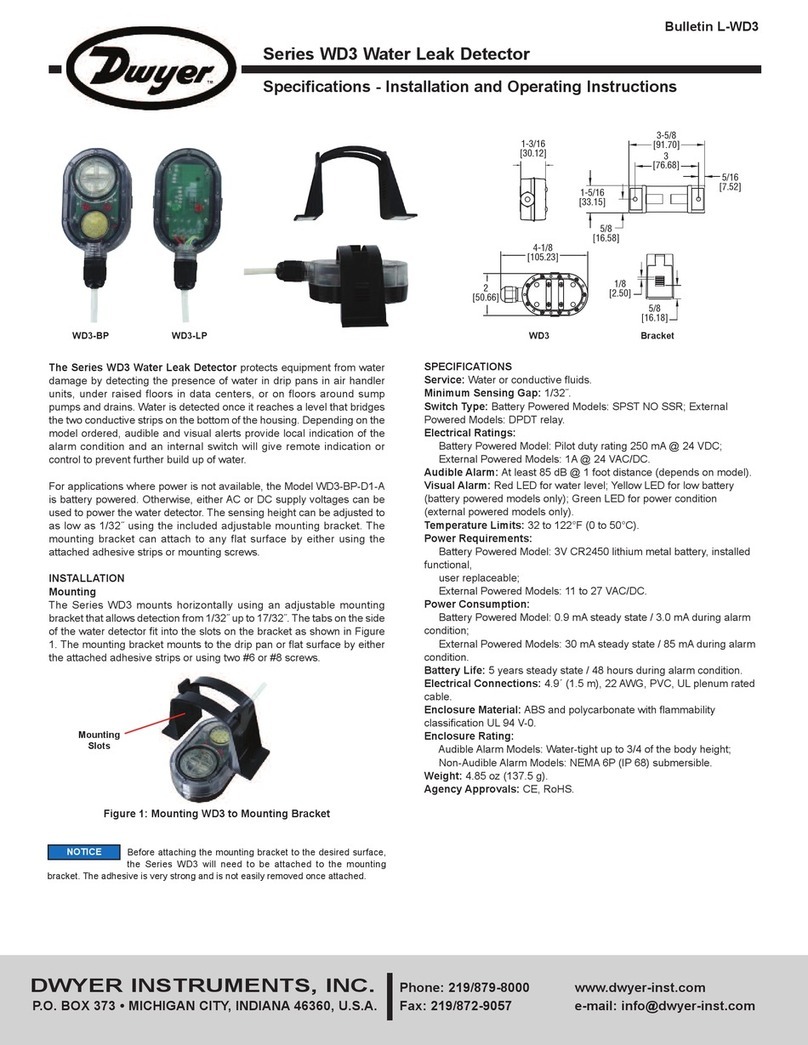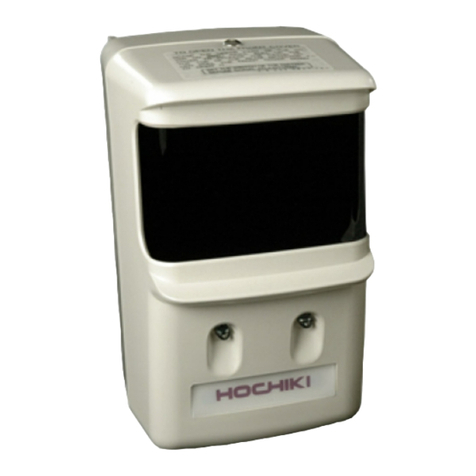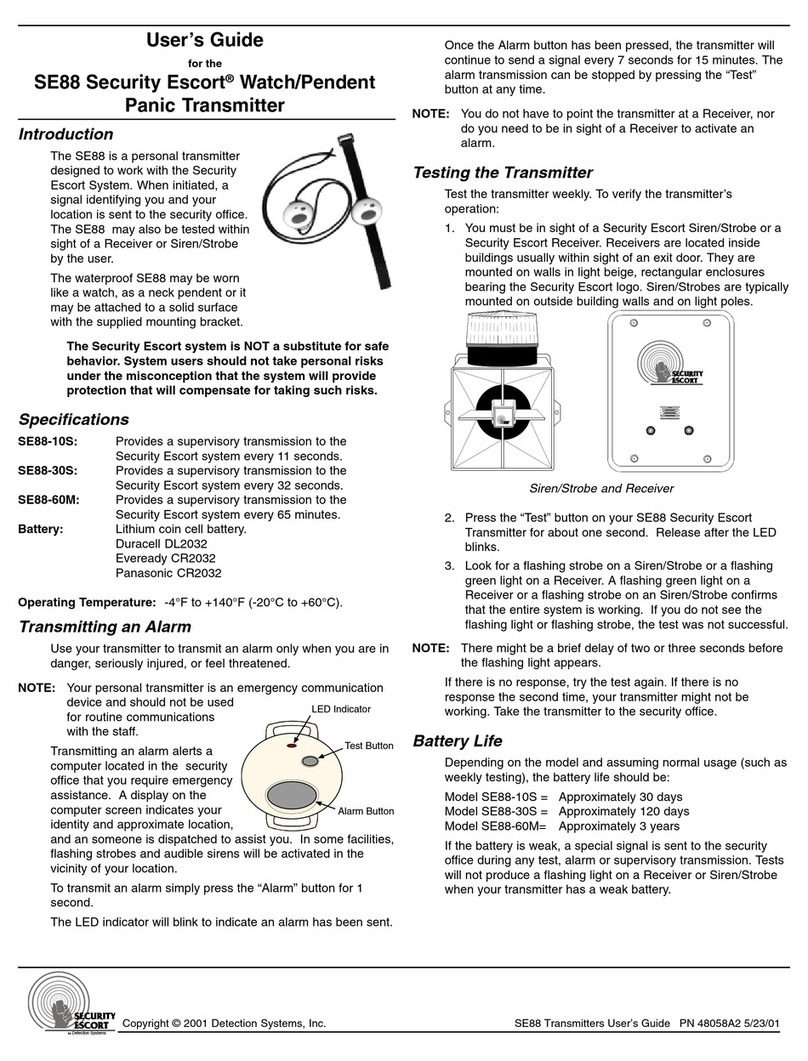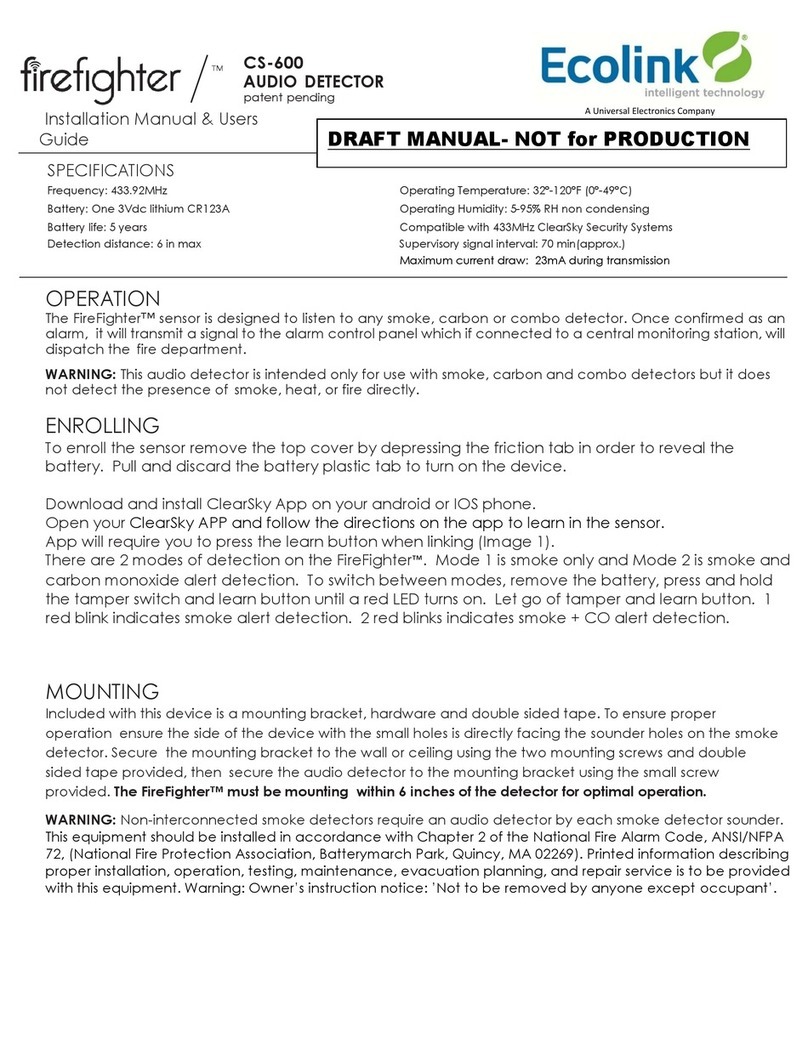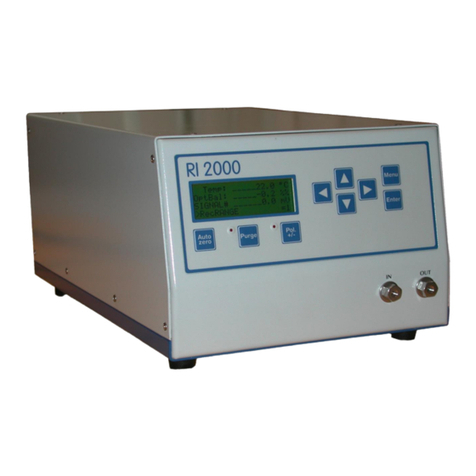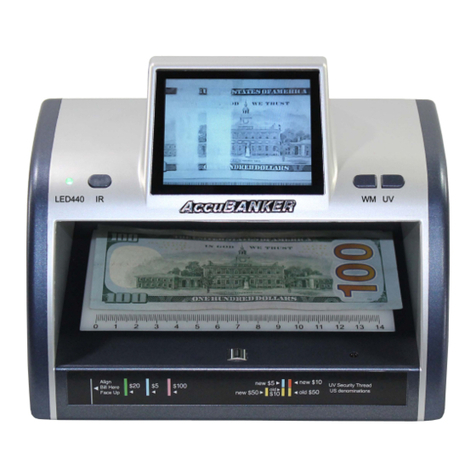1.2 WHAT IS INCLUDED WITH THE ELSD 2000
The ELSD 2000 shipping container should contain the
following:
• ELSD 2000 Detector
• Operating Manual
• Power Cord
• Signal Cable
• Tools:
Open-End Wrench, 3/8'' x 7/16''
Open-End Wrench, 1/4'' x 5/16''
Hex Ball Driver, 3/32'' (long)
Hex Ball Driver, 3/32'' (short)
Drift Tube Cleaning Brush
• Replacement Fuses:
3A and 6A (1 ea.)
• Flex Connect PEEK Tubing, 6'' x 0.005'' ID
• Nebulizer Gas Supply Line:
Teflon® Tubing, 50' x 1/8'' ID
1/8'' Parker Brass Nut and Ferrule*
• Drain Collection Materials:
Tygon®Drain Tubing, 4' x 3/8'' OD
Drain Waste Bottle with Lid, 500mL
3/8'' Parker Stainless Steel Nut and Teflon® Ferrule*
• Exhaust Trap Kit:
Exhaust Tubing
Collection Flask with Stopper, 500mL
Exhaust Elbow
Lead Ring
• ELSD 2000 PC Control Software**
CD-ROM
RS-232 Cable
Operating Manual
* The detector is shipped with these parts attached to their
respective ports.
**NOTE: The ELSD 2000 Detector must contain a
compatible EPROM chip to be functional with
the PC control software. Consult the
ELSD 2000 Control Software Manual for
further details.
Refer to Section 6.2, Replacement Parts, for part numbers if
replacement parts are needed.
1. INTRODUCTION
1.1 ABOUT THE ELSD 2000
The Alltech ELSD 2000 (Evaporative Light Scattering
Detector) is designed for use with High Performance Liquid
Chromatography (HPLC) systems to analyze any compound
that has sufficiently lower volatility than the mobile phase.
Some of its possible application areas include the analysis of
carbohydrates, pharmaceuticals, lipids, triglycerides,
underivitized fatty and amino acids, polymers, surfactants,
nutraceuticals, and combinatorial libraries.
Evaporative light scattering detection eliminates the common
problems associated with other HPLC detectors. RI detection
can be complicated by solvent front interferences, baseline
instability due to extreme temperature sensitivity, and
incompatibility with gradients. RI can also have a less
sensitive response than ELSD’s. Low-wavelength UV can
suffer baseline drift when using steep gradients and also
requires that the analyte have a chromophore. The ELSD is
not plagued by these limitations. Unlike these other detectors,
the ELSD can achieve stable baselines with multisolvent
gradients for improved resolution and faster separations.
Also, since the ELSD response does not depend on the
sample’s optical characteristics, the sample does not require
a chromophore or fluorophore for detection.
The ELSD 2000 offers the most advanced evaporative light
scattering detection technology available. The nebulizer has
been redesigned for increased ruggedness. Digital gas flow
control allows you to adjust flowrate directly from the front
panel or remotely via PC. You now have the option to select
from two modes of operation: Impactor ‘On’ and Impactor
‘Off’. Impactor ‘Off’ mode is ideal for analyzing non-volatile
compounds with highly organic mobile phases or with highly
aqueous/low flowrate (1.0mL/min or less) mobile phases.
This mode maximizes sensitivity for these applications by
sending the entire sample stream to the optical cell for
detection. Impactor ‘On’ mode is best for analyzing non-
volatile compounds with higher flowrate or highly aqueous
mobile phases (up to 5.0mL/min, including steep gradients),
and for analyzing semi-volatile compounds. In Impactor ‘On’
mode, larger droplets in the aerosol are removed, so optimum
mobile phase evaporation can be obtained at significantly
lower drift tube temperatures. Only the ELSD 2000 offers
dual-mode operation, which allows you to maximize sensitivity
and baseline stability for all possible mobile phases and
analytes.
Several instrument control options are available for the ELSD
2000. Instrument parameters can be displayed and controlled
directly through the front panel using membrane-based screen
keys and a numeric keypad. Built-in software provides an
intuitive series of screens for storing and editing up to ten
methods; configuring audio alarm, fault relay, and full-scale
voltage settings; and performing diagnostic tests and
troubleshooting functions. The ELSD 2000 can also be PC
controlled using the software included with the unit or
AllChrom™Plus software (sold separately, contact Alltech for
details).





















